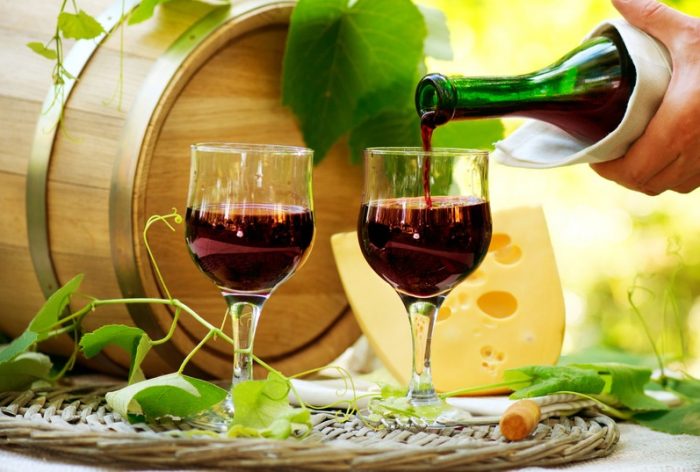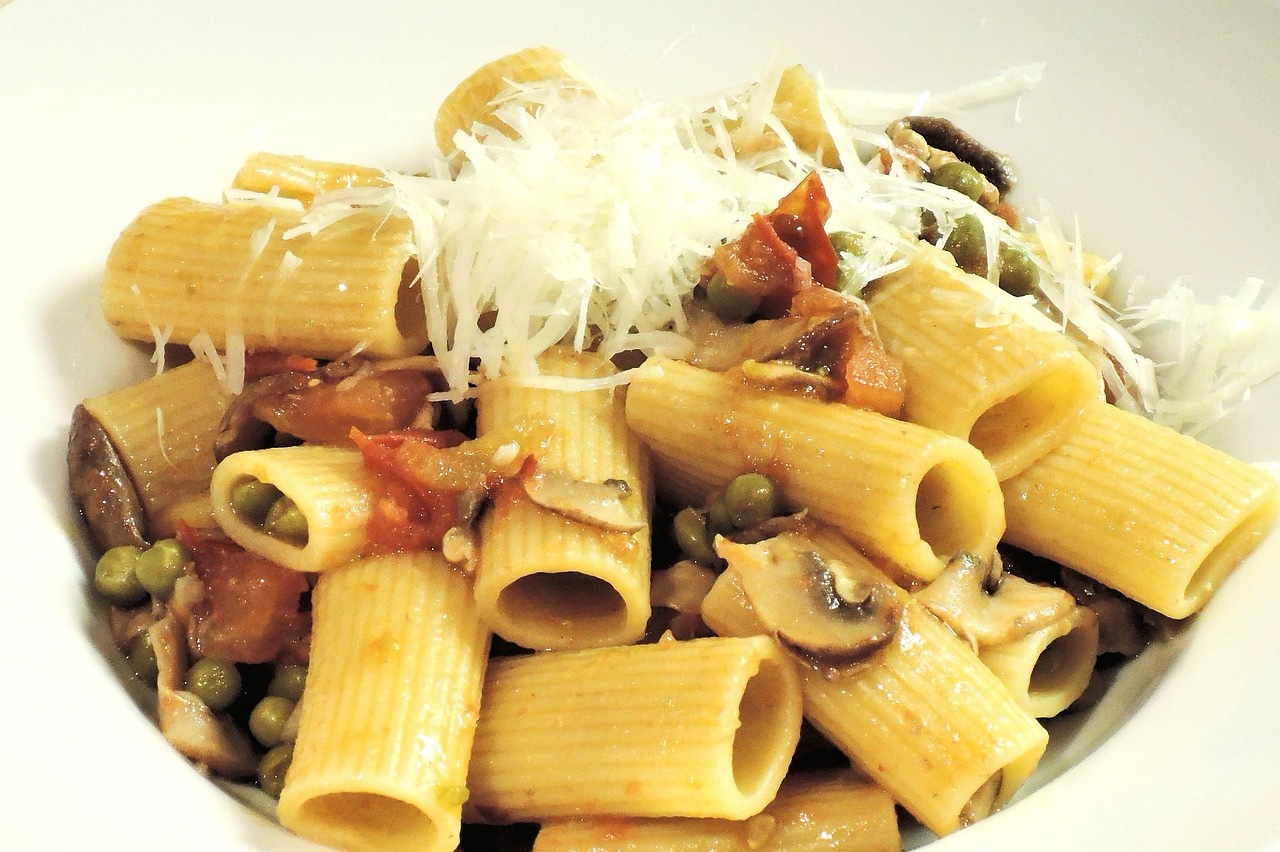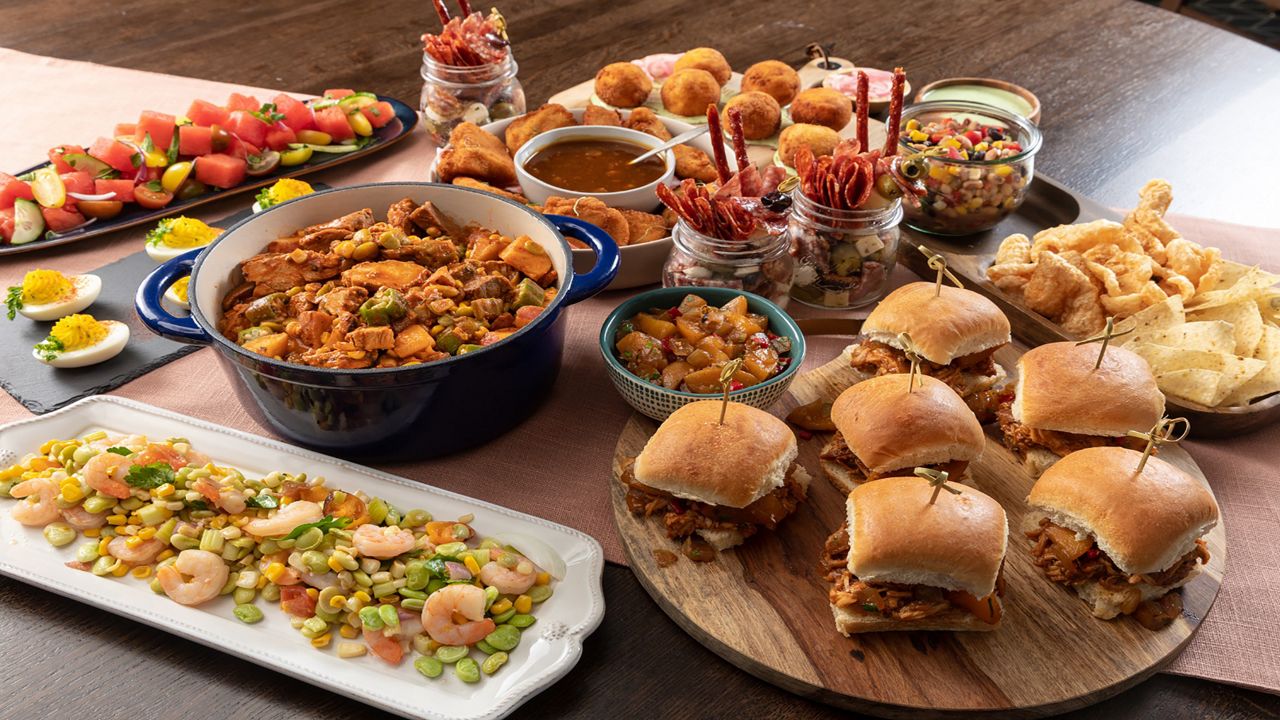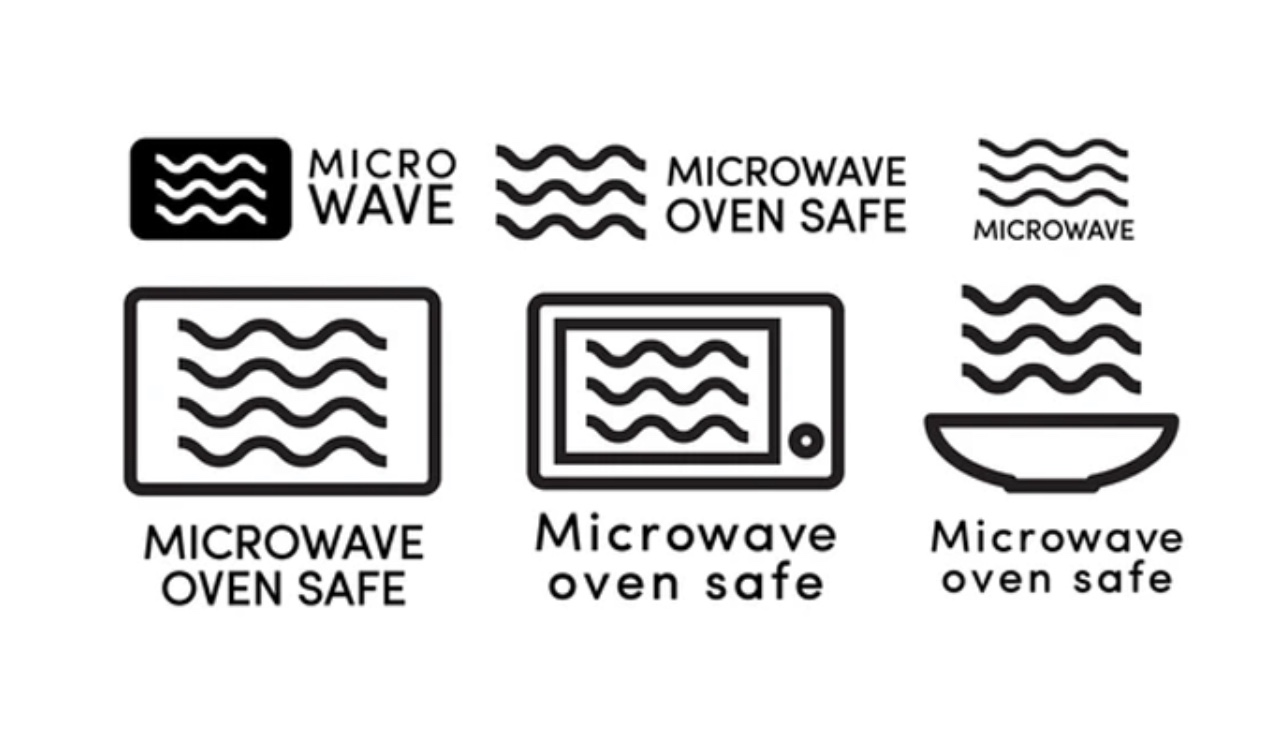Table Of Contents
One of the most common questions that wine experts repeatedly hear is ‘how can one check the quality of wine?’ In order to answer this question, we need to look at the three important elements of wine: smell, flavor, and depth/appearance. The importance of these factors can tell you whether or not a specific bottle had been stored incorrectly or exposed to various elements.
As a wine age, you’ll notice a change in the aroma, taste, and overall appearance. Also, when considering different brands, whether you’re picking up something that you know is good or purchasing an item from Usual Wines to try something new, the difference in how they make their wine might vary, giving you a difference in the wine’s profile.

Here’s how you can check if your wine is of good quality:
Make Sure To Check The Flavor
When considering the flavor of your wine, it’s important to consider the type of wine, how it was made, and the flavor profiles you are familiar with. Typically, it’s easy to tell if the quality of your wine has been compromised because it’ll either taste acrid or lack flavor in general. There’s no reason you need to fill a glass and drink the whole thing to check the flavor, your taste buds will be able to tell if something is not right with the wine.
However, when checking the flavor of your wine, one must consider the wine itself and the potential flavor profile it’s characterized when you bought it. The flavor of your wine can depend on the following:
- Wet or dry: Typically, wet wine will have a sweeter flavor profile than a dry wine. So, just because the wine lacks sweetness doesn’t constitute a lack of flavor or lack of fruit.
- The types of grapes used: Different grapes will offer a different flavor profile to your wine. As the wine ages, these profiles will accentuate and appreciate in quality if stored correctly.
- The fermentation process: The fermentation process refers to how the yeasts transform grape sugars into alcohol. Basically, the yeasts take the sugars that are present, then create ethanol and carbon dioxide. Fermentation typically takes up to 3 weeks to fully convert the sugars, but the staple of the ferment takes roughly 7 to 10 days.
- The wood casks used to store your wine: Different woods will often influence the flavor profile–whether it’s apparent or subtle. The longer the wine is stored in these casks, the more influence it’ll have on the flavor profile.
Conduct A Smell Test
Regardless of how wine-making has changed in recent years, the factors to look out for when choosing excellent quality wine remain the same. One of the most important is its smell since this will affect the taste and the quality of the aftertaste.
When checking for the quality of the wine, keep in mind that assessing this factor is subjective to the one who’ll be consuming this beverage. But, as a general rule, if the wine smells fresh, clear, and pleasant, then it’s most likely fine. However, if it smells like vinegar, strong, or bitter, then it may mean that the bottle has already oxidized and you might be in for some disappointment.
Based on how the wine is aged, you’ll also notice differences in its aroma. For instance, the aroma of young wines is more delicate than older ones since the grapes are new and haven’t had time to accrue the years of flavor and aroma that older wines have.
Gauge The Depth And Appearance
Aside from its smell and taste, another factor to consider when checking for the quality of the wine is its depth and appearance, which can be identified through its color.
Color can indicate whether a wine is more expensive than others, and is based on the following:
- The concentration of the specific coloring in the wine
- Clarity of the wine and how much of the alcohol is left in it after fermentation has finished
- Stability of the coloring, wherein a lighter wine will be more stable and thus less likely to change color during storage or aging
- Flavor and aroma that may be present in the wine
The most important aspect when judging a wine’s color is its concentration. Darker wines have more color compounds, and this is true of both red wine and white wine, as well as certain other grapes and spirits. The concentration of color in both red and white wine can be determined by measuring the color of the wine itself through the number of pigment molecules it has, which are called chromogens. The more chromogens present in the wine, the darker the wine will be.
The color of the wine is also directly related to the amount of sugar present. A wine’s color can range from a bright red to a deep purple, depending on the type of wine and what part of the grape it comes from.
Ensure You Have Proper Storage
When storing your chosen wine, you want to conduct your research as different sources will likely give you different feedback on what’s appropriate. In the end, this factor will also affect the longevity of your wine and how it ages.
One agreement is that you should store your wine away from direct sunlight and keep it in an area with a consistent temperature as these two factors can drastically affect the lifespan of your wine–whether it becomes cooked, or oxidizes, or ages correctly.
If your wine has experienced direct contact with the elements or drastic changes in temperature during storage, this can easily impact the aforementioned qualities to look for in your wine. It’s always worth taking the time to actively check your wine from time to time to make sure the quality is still where you want it.
Conclusion
You’ll find that wines ranging from different regions like wines from France or the United States will have different qualities that can influence your decision. In the end, there are a number of factors to consider when checking for the quality of the wine, such as depth, flavor, or aroma.
Before grabbing any bottle from the aisle, take your time and pay attention to the factors mentioned above so you can find and enjoy excellent quality wine that’s worth the purchase.





